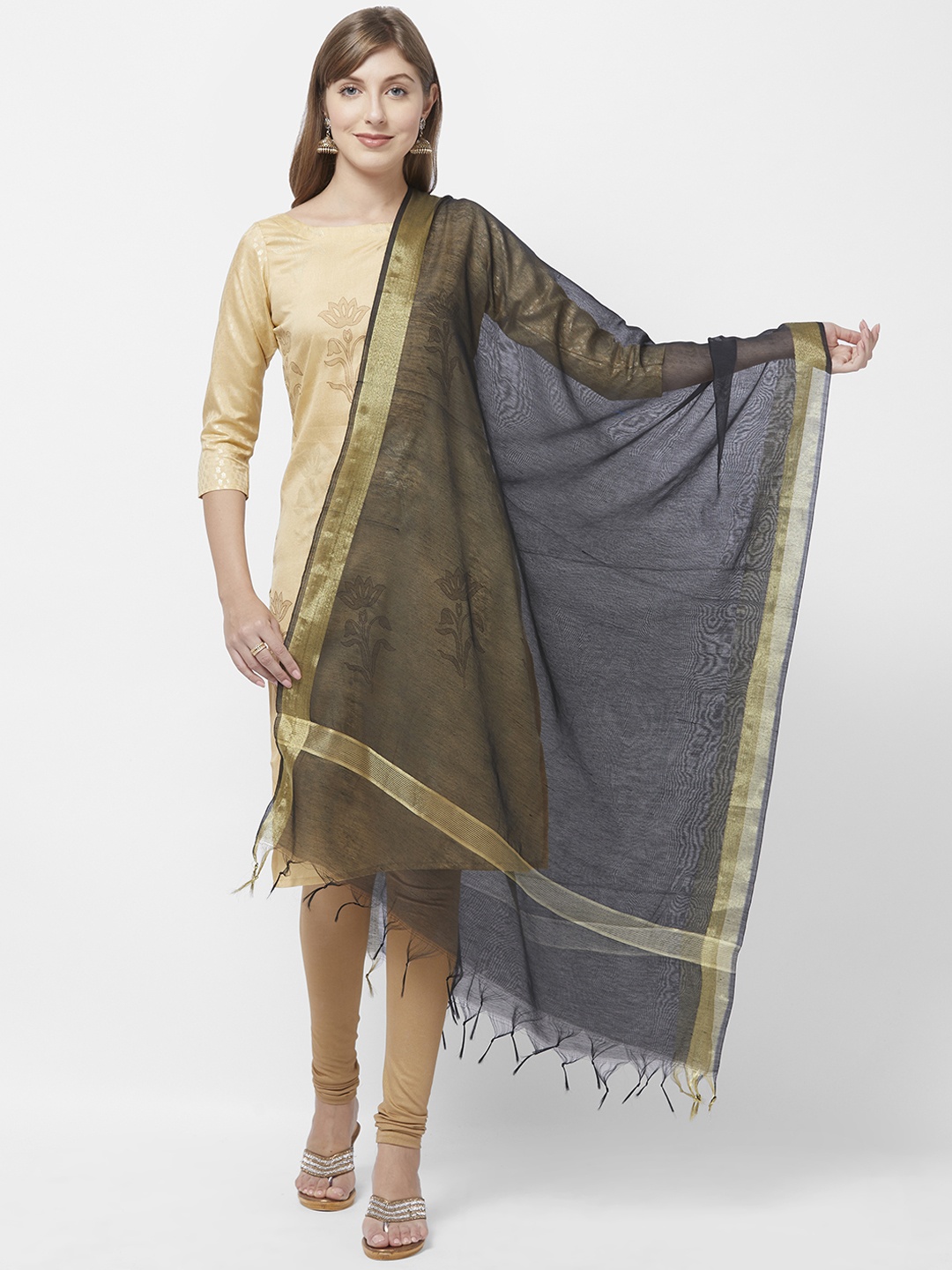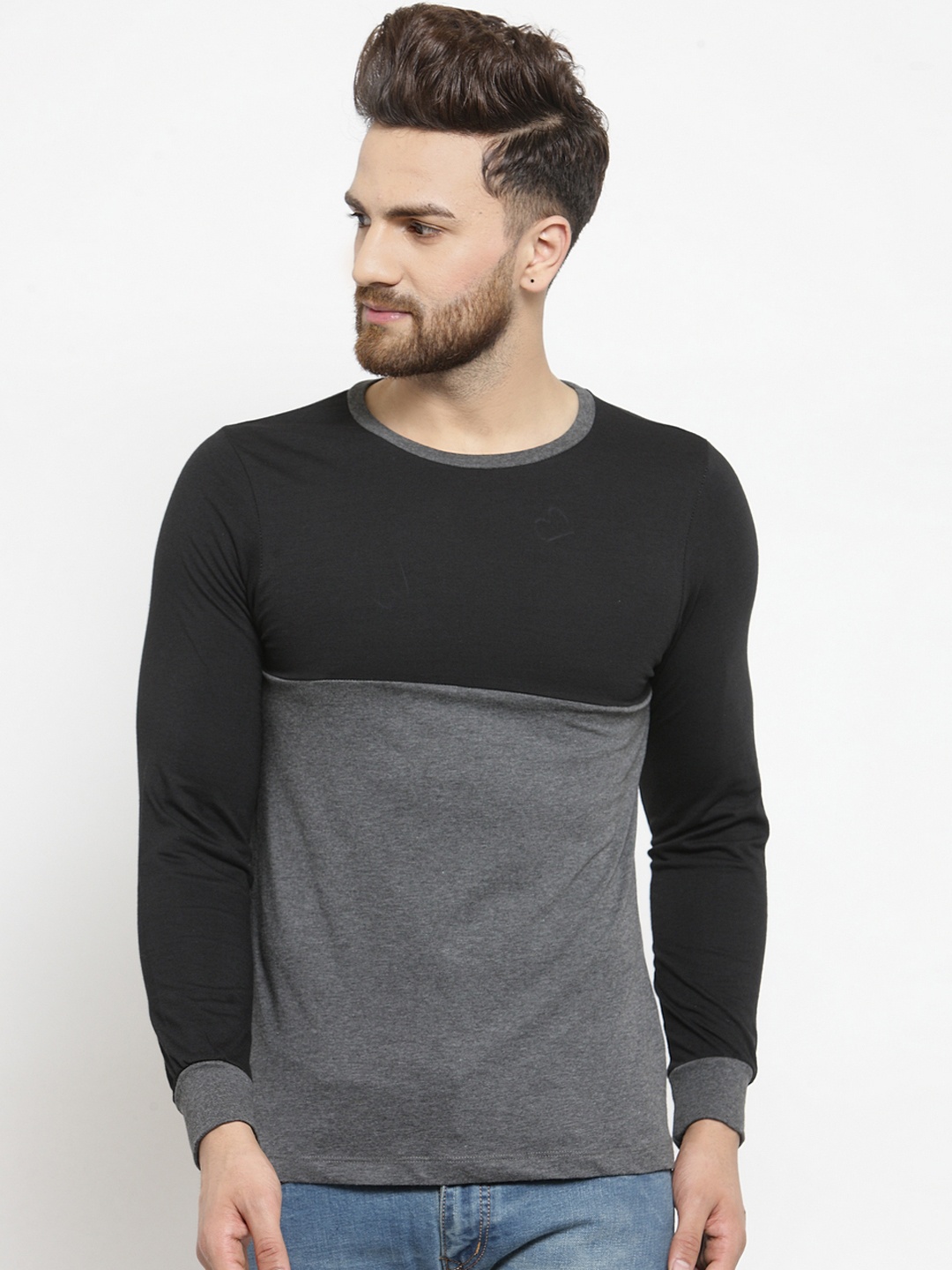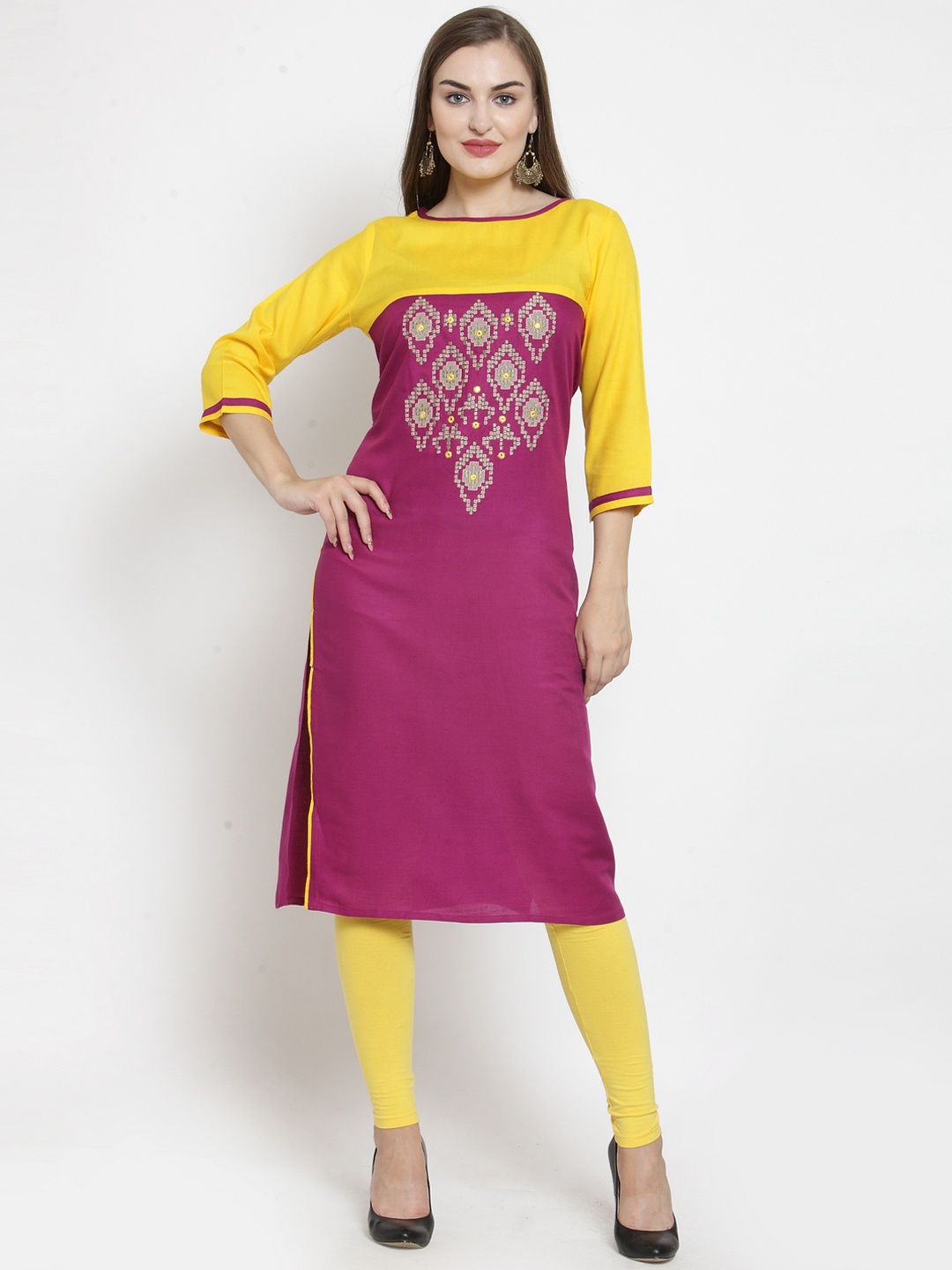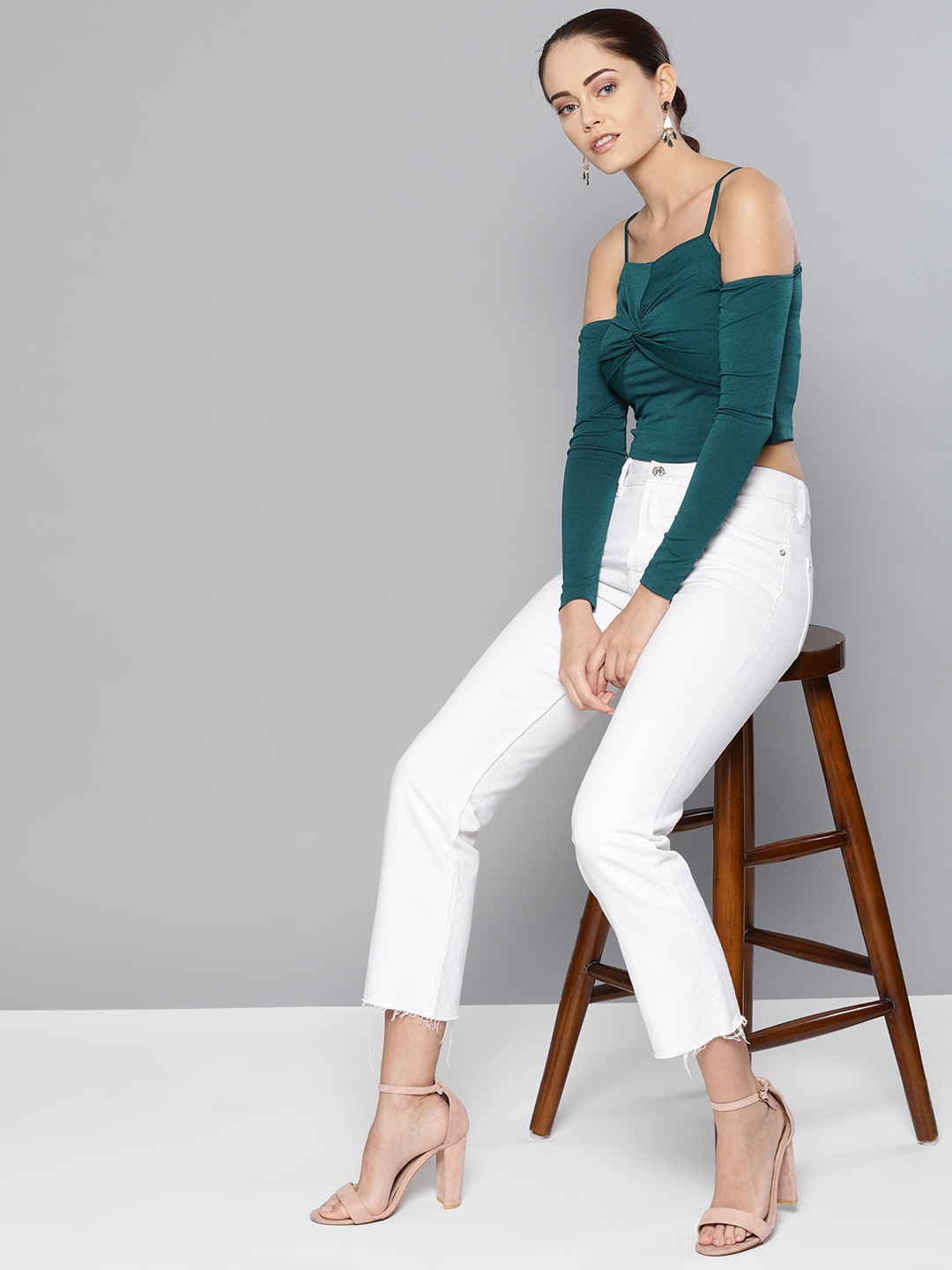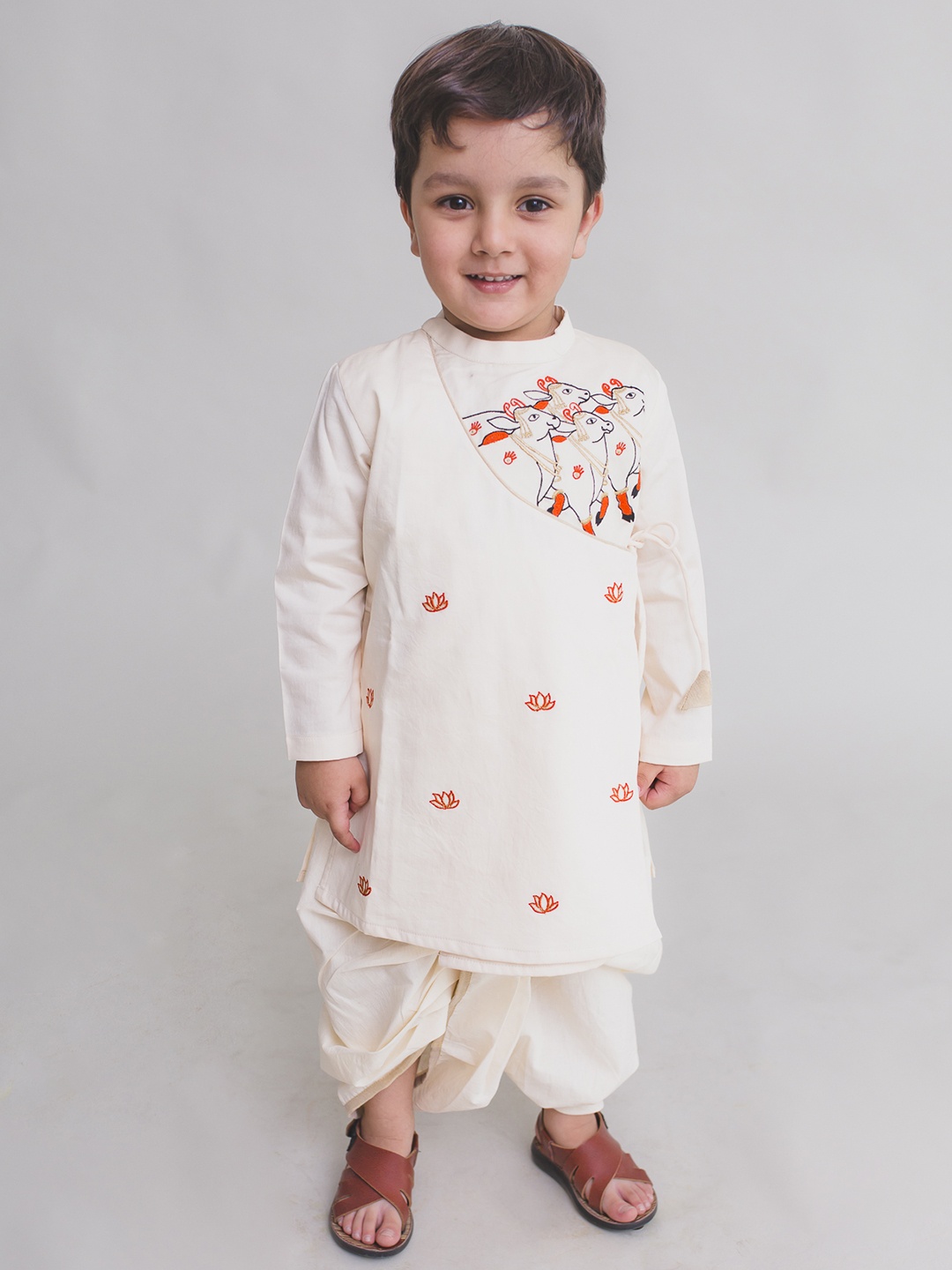10 Reasons Why Parents Are Choosing Lighter Lehenga Cholis Over Heavy Sets for Kids
With weddings and festivals sprinkled through the calendar like sugar on a jalebi, dressing up children has become both a joy and a puzzle for parents. But what is fuelling this shift in choice? Let’s unravel the fabric of this fashionable change.

Practical And Pretty: 10 Reasons Why Parents Favor Lighter Lehenga Cholis For Kids
When the band starts playing and the dhol sets the beat, it's not just the adults who gear up for celebration. Kids, too, become pint-sized fashionistas during weddings, pujas and parties. A decade ago, you'd spot little girls tottering around in heavily beaded, sequinned lehengas, sometimes carrying more weight in embroidery than in their school bags. But times are changing.
Parents are now making style choices that blend comfort with elegance. The result? Lightweight lehenga cholis are stealing the spotlight. Crafted in breathable fabrics and minimal embellishments, these new-age ensembles promise twirls without tantrums and style without struggle.
This change didn't happen overnight. It's a thoughtful evolution sparked by real-life parenting experiences, growing awareness of children's needs, and a pinch of modern aesthetics. Let's dive into the ten key reasons behind this refreshing shift in festive fashion.

Smart Choice: 10 Reasons Why Parents Prefer Lighter Lehenga Cholis Over Heavy Embellished Outfits; Photo Credit: Pinterest
1. Comfort Comes First, And Always Should
Ask any parent what matters most during a wedding celebration, and they'll likely mention peace of mind. When it comes to clothing, peace is closely tied to comfort. Heavy lehengas with layers of can-can, stiff embroidery, and scratchy zardozi work may look stunning, but they're often a recipe for itchy skin and restless children.
Lighter lehenga cholis, made with soft cotton-silk blends or organza, let kids breathe and move with ease. They can run, dance and even do a cartwheel (not recommended in the middle of a wedding mandap, though) without feeling trapped in their outfit. No more fidgeting, no more endless tugging, just pure joy.
And when children are comfortable, they smile more, pose better in photos, and are less likely to throw a meltdown mid-function. That's a win for parents and photographers alike.
2. Style Is Evolving, Subtle Is the New Statement
The days of “more is more” are gently fading into memory. The aesthetic shift from OTT (over-the-top) glamour to tasteful minimalism is showing up in kids' ethnic wear too. Parents are now leaning towards elegant, understated designs that let their children's personalities shine rather than drown them in glitter.
Think delicate gota-patti work, floral prints, pastel shades and dainty dupattas. These lighter ensembles aren't just stylish, they're refreshingly age-appropriate. After all, a five-year-old doesn't need a mirror-work explosion to look festive.
This new styling approach also blends beautifully with themed events and day weddings, where lighter colours and simpler designs feel more in tune with the vibe. From haldi to mehendi, a breezy lehenga choli looks perfect in natural light, fresh, photogenic and fuss-free.
3. Practicality Wins in Real-World Scenarios
Festive events are rarely ever one-hour affairs. Most stretch for several hours, and in the case of weddings, sometimes an entire day or more. Children dressed in heavy outfits often start looking like wilted flowers halfway through.
Parents, having learned this the hard way, now prefer clothes that can keep up with their child's energy. Lightweight lehengas are easier to manage, they're quick to change into, easier to carry around, and can even be layered with a shawl or jacket in cooler months without becoming bulky.
And let's not forget the bathroom breaks. Anyone who's tried to help a child use a washroom while they're buried under six layers of fabric will swear off heavy attire forever.
4. Sensitive Skin Needs Gentle Fabrics
Kids' skin is like fresh paneer, soft, delicate and easily upset. Heavy lehengas often use stiff netting, synthetic linings and embellishments that rub against the skin and cause rashes. Some even come with metal hooks and wires that press into their little bodies uncomfortably.
Lighter lehenga cholis are typically designed with these concerns in mind. They're made using skin-friendly fabrics like mulmul cotton, modal silk or linen blends, often without harsh inner linings. Parents find it easier to say yes to an outfit that won't lead to a post-party rash or itchy night.
Moreover, with the growing awareness about sustainable fashion and skin sensitivities, many brands are consciously avoiding toxic dyes and chemical-heavy textiles, a thoughtful change that's making parenting a tad easier.

Comfort First: Discover 10 Reasons Parents Are Opting For Lighter Lehenga Cholis For Their Kids; Photo Credit: Pinterest
5. Easy Maintenance = Happy Parents
Let's face it, no one wants to dry clean a child's lehenga every time they smear it with samosa chutney or fall in a puddle mid-photo session. The heavier the outfit, the more delicate it is, and the more likely it is to come with a “handle with care” warning.
Lighter lehengas, especially those made from cotton blends or simple silks, can often be hand-washed or machine-washed gently. Even when they need dry cleaning, they hold up better and don't lose their charm after just one wear.
In fact, many parents now look for outfits that can be worn again, maybe as a long skirt with a different top or styled as a kurta. This sort of mix-and-match flexibility isn't just practical, it's financially smart too.
Also Read: Ethnic Wear For Kids: How To Dress Your Child Stylishly For School Festivals - 10 Key Tips
6. Affordability Without Compromise
Weddings and festivals already stretch household budgets, from gifts and sweets to decorations and travel. Add a child's outfit that costs upwards of ₹7,000 and might only be worn once, and the numbers quickly start to sting.
Lighter lehenga cholis, with their simpler designs and minimal embellishments, usually cost significantly less. Parents can often find charming sets between ₹1,500 and ₹3,500 that look delightful without feeling extravagant.
This affordability doesn't mean compromising on beauty or uniqueness. On the contrary, it opens up the option to buy more than one outfit for multiple events, or even invest in matching family sets, all without setting fire to the wallet.
7. Mobility Is Key, Let Them Dance!
If you've seen a child break into a bhangra step the moment the DJ drops the beat, you know how much they live for the music. But heavy lehengas can trip them up, quite literally. Between the flared hems, weighty dupattas and stiff fits, these outfits often restrict movement.
Lighter lehenga cholis, on the other hand, are designed to move with the child. No one wants their daughter's garba cut short because the embroidery is pulling her sideways. With breathable fabrics and manageable silhouettes, children can swirl, sway and dance with abandon.
And honestly, watching a carefree child dance their heart out in a breezy outfit? That's the kind of memory every parent wants to keep.
8. Growing Kids Outgrow Clothes Fast
One of the most practical realities of parenting is how quickly children outgrow their clothes. Spend a bomb on a heavily embroidered lehenga today, and there's a real chance it won't fit by the next festival.
That's where lighter lehengas offer great value. They're often made with elasticated waists, adjustable blouses, and fabrics that allow some give. Many parents now also opt for custom stitching with room for alterations, something that's easier and cheaper to do with simpler outfits.
Also, these versatile styles can be passed down to siblings, cousins, or even friends' kids without looking dated or too occasion-specific. Think of it as wardrobe recycling with a smile.
9. More Choices, More Freedom
The rise of lighter lehenga cholis isn't just a passing trend, it reflects a broader change in how designers are thinking. There's a burst of creativity in kids' fashion, with newer labels offering playful prints, quirky motifs, and even story-themed lehengas. From jungle animals to traditional bandhani, the options are delightful.
Parents love this variety. It gives them the freedom to pick something that matches their child's personality, bold, shy, playful or curious. Whether it's a sunflower yellow lehenga with mirror work or a pastel mint set with tassel sleeves, there's something for every mood.
This diversity also helps children feel involved. When little ones get to pick their outfit and love what they wear, they carry themselves with more confidence and joy.
10. A Shift Towards Mindful Fashion
Underneath the glitz and colour of festive wear, there's a growing conversation around mindful choices. Parents today aren't just thinking about how clothes look, but how they're made, who makes them, and how often they're worn.
Lighter lehenga cholis often come from smaller, homegrown brands that focus on handmade elements, sustainable fabrics and ethical production. Buying from such sources supports artisans and encourages a slower, more conscious way of consuming fashion.
And let's not forget the emotional aspect, dressing children in outfits that are gentle on their skin, easy on the earth, and made with care feels like a quiet act of love. It's not just fashion. Its intention stitched into fabric.

Why Less Is More: 10 Reasons Parents Choose Lighter Lehenga Cholis Over Heavier Kids' Sets; Photo Credit: Pinterest
Products Related To This Article
1. Cutiekins Girls Printed Ready to Wear Lehenga & Blouse With Dupatta
2. Sangria Girls Printed Ready to Wear Lehenga Choli With Dupatta
3. JOVK DESIGN Girls Blue Printed Ready to Wear Lehenga
4. BAESD Girls Printed Ready to Wear Lehenga Choli
5. Sangria Peach-Coloured Girls Embroidered Katha Work Cotton Lehenga With Hakoba Blouse
6. SAKA DESIGNS Girls Ethnic Motifs Printed Ready To Wear Lehenga & Blouse With Dupatta
7. Bitiya by Bhama Girls Printed Ready to Wear Lehenga & Blouse With Dupatta
There's a quiet revolution taking place in the world of kids' festive wear, one where practicality, comfort and thoughtfulness are winning over bling and bulk. Lighter lehenga cholis aren't just a passing phase; they're a reflection of evolving parenting values.
In a culture that celebrates colour, tradition and family, these outfits strike the right balance, allowing children to look beautiful, feel great and be themselves. After all, the best fashion choice is the one that lets a child smile, dance and enjoy the moment without feeling weighed down, literally or otherwise.
So the next time a wedding card arrives, perhaps it's time to ditch the glitter mountain and embrace the breezy charm of a lighter lehenga choli. Because celebrations are meant to be cherished, not endured. Shop now on Myntra.








